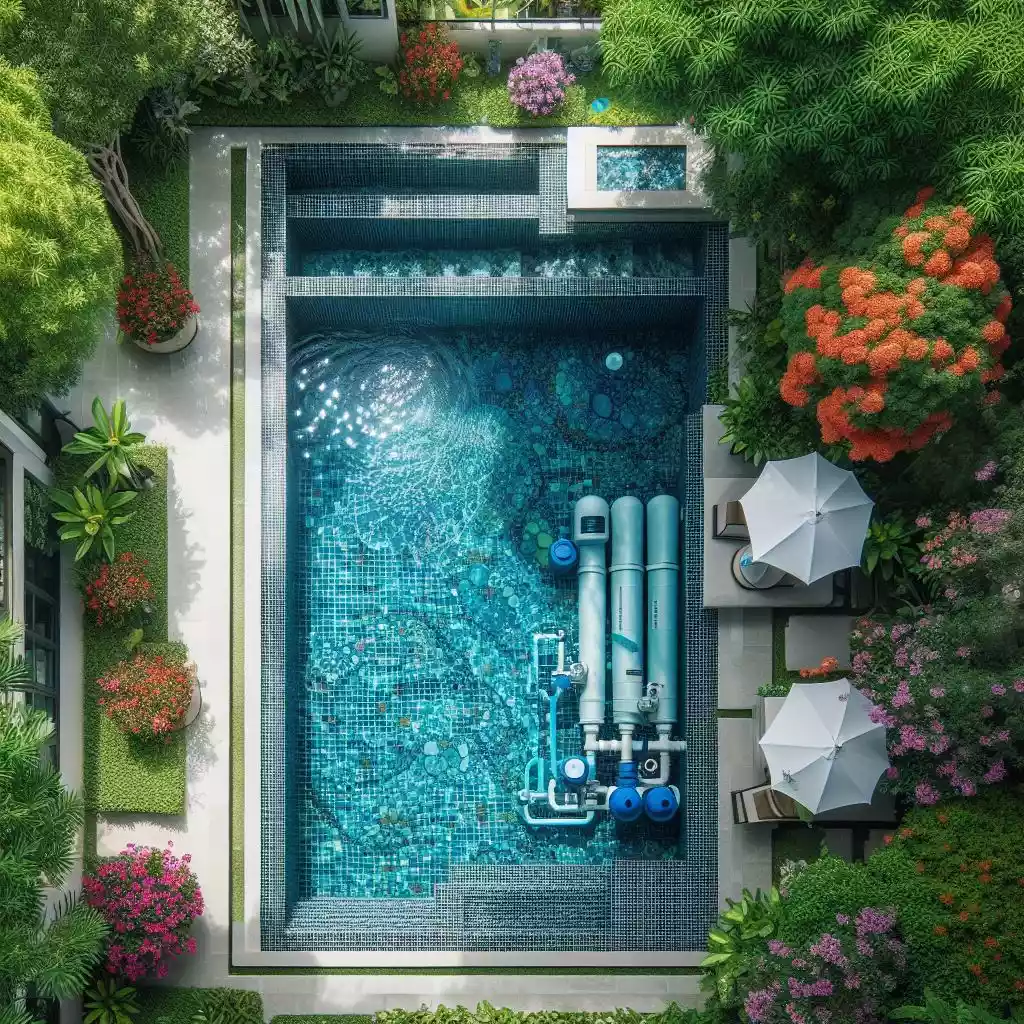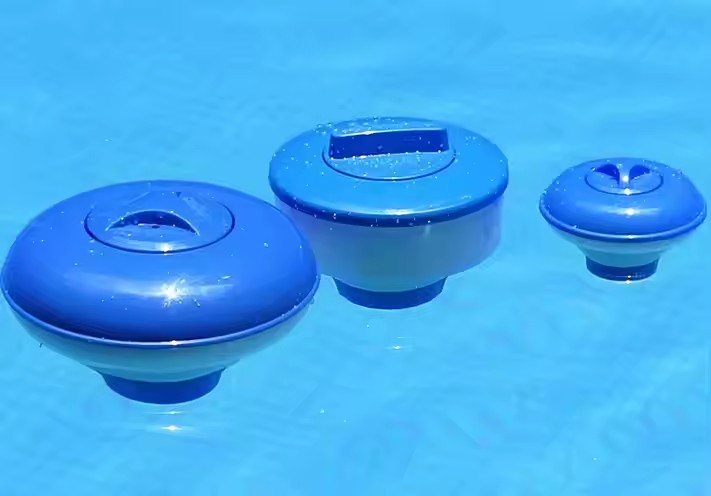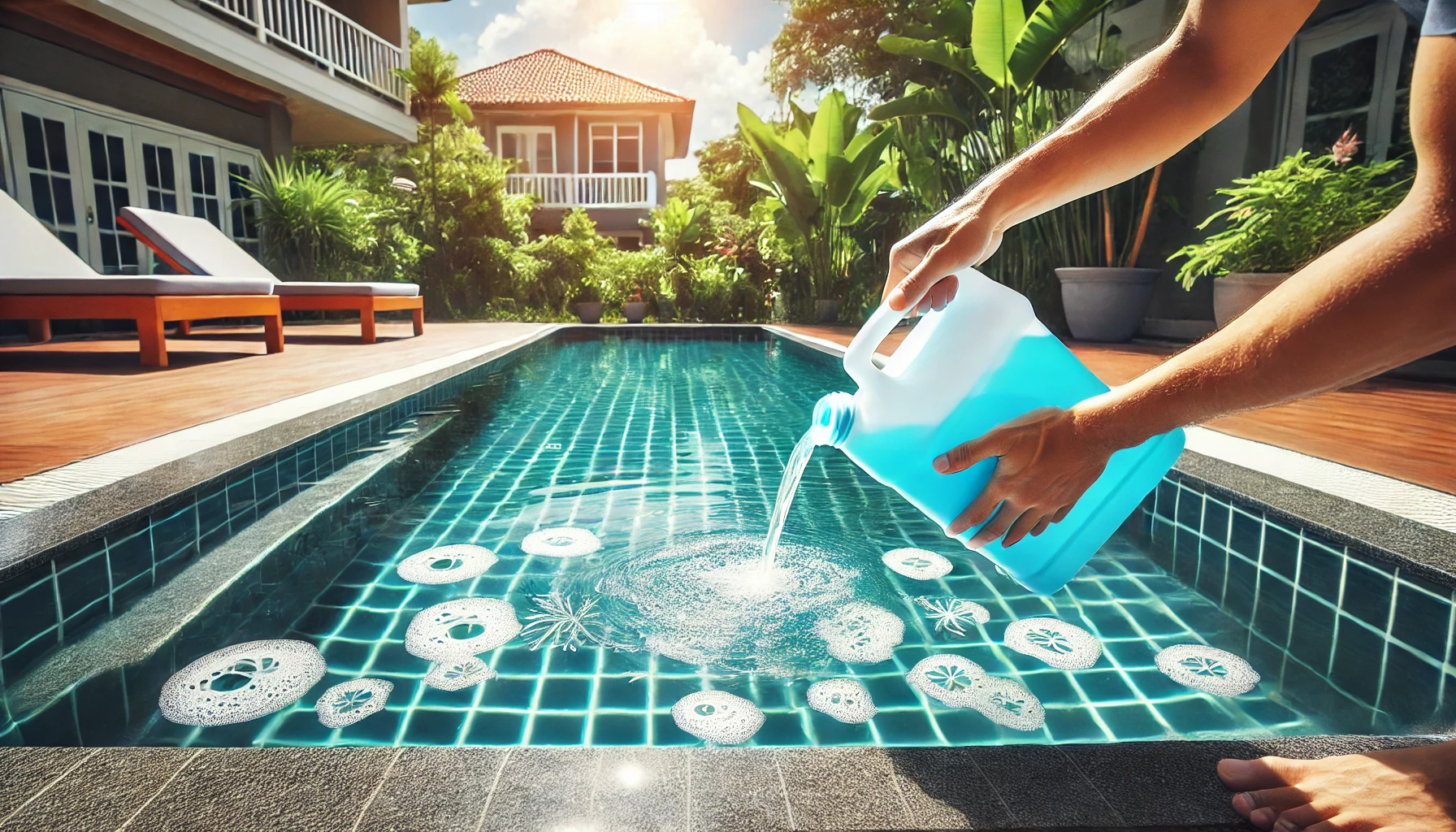In the realm of swimming pool maintenance, the significance of sand filters cannot be overstated. These vital components are at the heart of keeping swimming pools clean, clear, and hygienic. However, not all sand filters are created equal. The quality, efficiency, and reliability of these filters are governed by a set of technical standards and industry norms that manufacturers must adhere to. This article delves into the technical standards and regulations encapsulated in “Technical Standards and Specifications: The Standardization and Compliance of Swimming Pool Sand Filter Products.” By analyzing the materials, design, and performance requirements set forth in these guidelines, we underscore the importance of compliance for ensuring product safety, reliability, and availability.

Technical Standards and Industry Norms
Materials
The choice of materials in the manufacturing of swimming pool sand filters is pivotal. Standards often dictate the use of corrosion-resistant materials to withstand the chemically treated pool water and environmental factors. For instance, the use of high-grade stainless steel or durable thermoplastics is recommended to ensure longevity and efficiency. Furthermore, the filtration media, typically sand, must meet specific granular size and quality criteria to effectively trap contaminants while allowing water to pass through.
Design
The design of sand filters is subject to stringent standards aimed at maximizing efficiency and facilitating ease of maintenance. These standards cover aspects such as optimal flow rates, ensuring that the water passes through the filter at a speed conducive to effective filtration without causing undue stress on the pump. Pressure ratings are also crucial, indicating the maximum pressure the filter can handle, which is essential for safety and durability. Moreover, features like backwashing capabilities are standardized to ensure that filters can be easily cleaned and maintained.
Performance Requirements
Performance standards for sand filters encompass filtration efficiency, including the capacity to retain particles of a specific size, thereby ensuring water clarity and hygiene. Energy consumption is another critical benchmark, with standards pushing for designs that minimize power usage without compromising on performance. Adhering to these performance benchmarks is not just about meeting regulatory requirements but also about delivering on the promise of a clean and safe swimming environment.
Importance of Adherence to Standards and Norms
Safety
Compliance with technical standards is paramount for ensuring the safety of pool users. Standards designed to prevent the bypass of unfiltered water or the failure of filter components under pressure are integral to preventing contamination and injury. Manufacturers’ commitment to these standards is a testament to their dedication to consumer safety.
Reliability
Reliability is a hallmark of quality that consumers expect from sand filters. Adherence to design and performance standards ensures that filters operate consistently over time, providing peace of mind to pool owners and operators. This reliability is built on rigorous testing and quality control measures mandated by industry norms.
Availability
A product’s adherence to standards affects not just its performance and safety but also its availability on the market. Compliance is often a prerequisite for regulatory approval and market entry. Furthermore, meeting or exceeding these standards can enhance consumer trust and preference, thereby influencing market success.
Continuous Monitoring and Compliance
Regulatory Changes
The landscape of technical standards is not static. As regulations evolve to reflect new safety concerns, technological advancements, or environmental considerations, manufacturers must remain vigilant. Continuous monitoring of these changes is essential for maintaining compliance and ensuring that products remain on the cutting edge of safety and efficiency.
Market Demands
Consumer expectations and market demands are also dynamic, often outpacing regulatory changes. Manufacturers must anticipate and respond to these trends, such as the growing demand for energy-efficient and eco-friendly products. Adapting to these demands not only involves revising existing products but also innovating new solutions that align with future standards.
Quality Assurance
Ongoing compliance requires a commitment to quality assurance that extends beyond initial certification. Regular testing, audits, and updates to manufacturing processes ensure that every product off the line meets the stringent standards set forth by industry and regulatory bodies. This commitment to quality assures consumers of the product’s reliability and safety, reinforcing the manufacturer’s reputation.
Conclusion
The importance of adhering to technical standards and industry norms for swimming pool sand filters cannot be overstated. These guidelines are the foundation of product safety, reliability, and marketability. As manufacturers navigate the complexities of compliance, their commitment to these principles not only fulfills regulatory obligations but also signifies a dedication to excellence. In a market where consumer trust and product efficacy are paramount, adherence to standards is not merely a regulatory requirement; it is a benchmark of quality and a testament to the manufacturer’s commitment to delivering safe, reliable, and effective solutions for pool maintenance.


